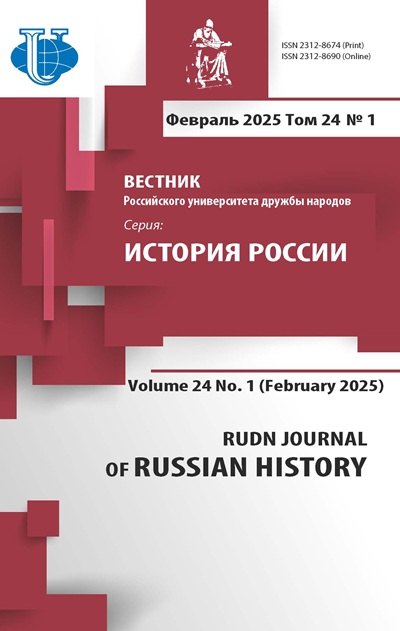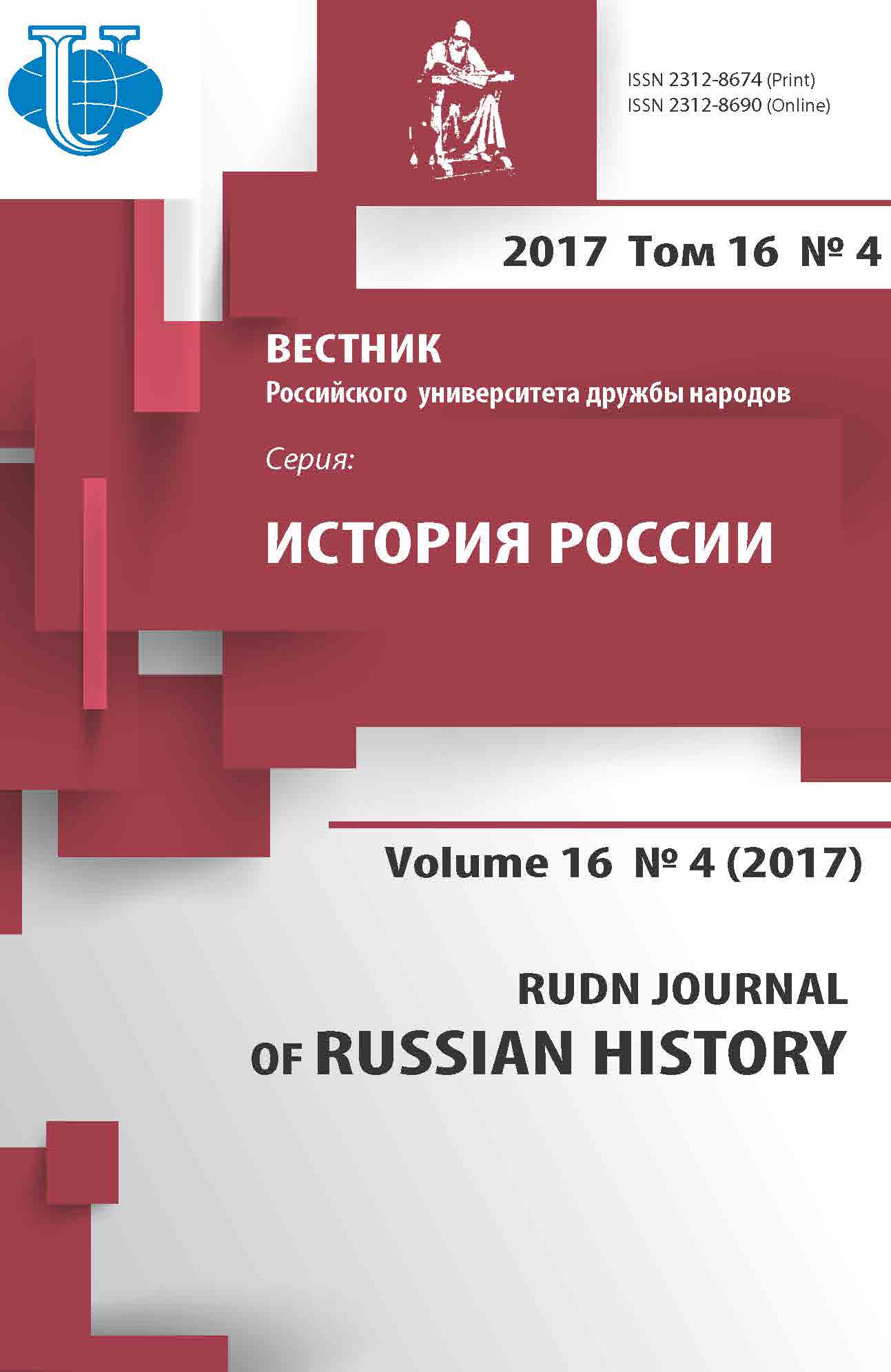Abstract
The article presents the analysis of the participation of foreign countries in solving the problems related to the management of domestic and foreign policy in Tuva in the ear-ly twentieth century.The problem of determining the legal and political status of Tuva and its territorial jurisdiction is traditionally bound in domestic and foreign historiography with the words “Uriankhaiissue”. The latter, as a rule, is considered in the context of rivalry be-tween Russia, China and Mongolia - the countries of the “Central Asian triangle”. The author pays attention to the interests of other countries, including Japan and the coun-tries of Western Europe, in this region. There has been conducted a generalized analysis of the information relating to the presence of Western industrial capital inTuva, shows the nature of the relations between the European entrepreneurs from Russia, China and Tuva authorities. The article provides the detailed facts of the presence of various groups of foreign citizens in the province in the period of the protectorate. In the context of the analysis of the general geo-political situation in Central Asia, the author describes the actions of the Russian authorities against foreign troops, including the methods and forms of work in that direction. The author comes to the conclusion that, despite the use of exclusively peaceful measure-sagainst foreign troops in Tuva, the local authorities sought to prevent any actions aimed at undermining the Russian positions in the region. For this reason, depending on the geopolitical situation in Tuva, the regime of stay of foreigners, issuance of permits softened or hardened. The author concludes the study with the description of the events of the 1920s, the time when there was a change of concept relations with foreign states due tothe Bolsheviks’ coming to power.
















